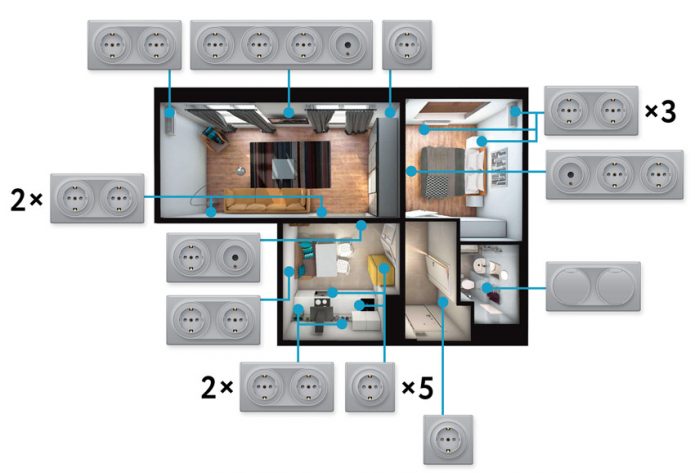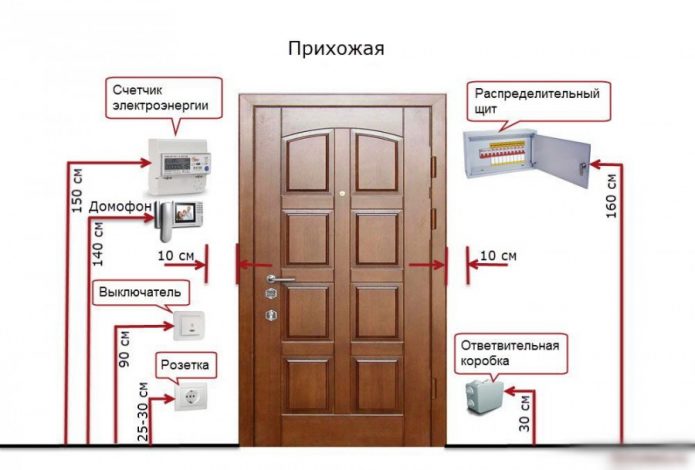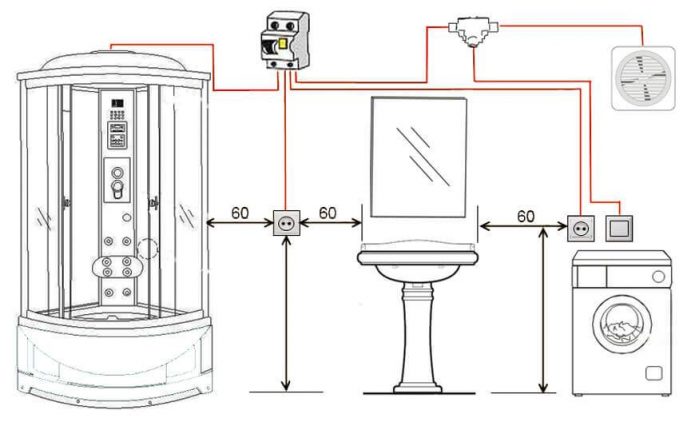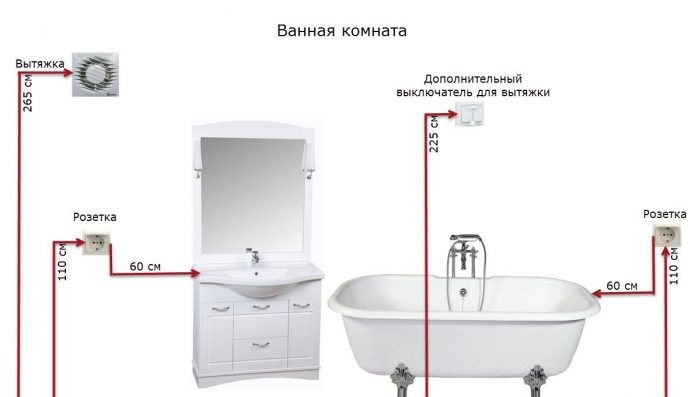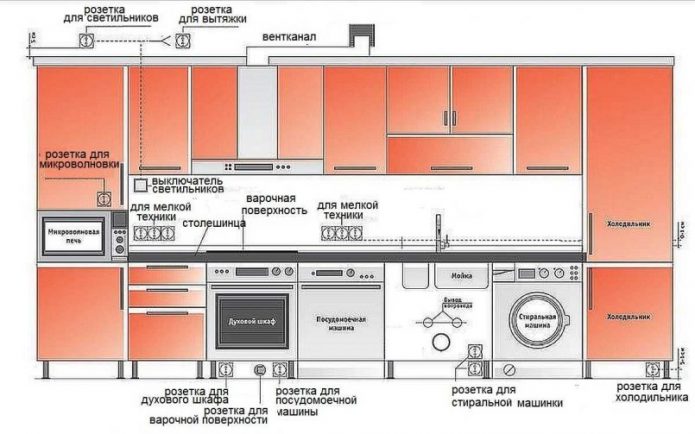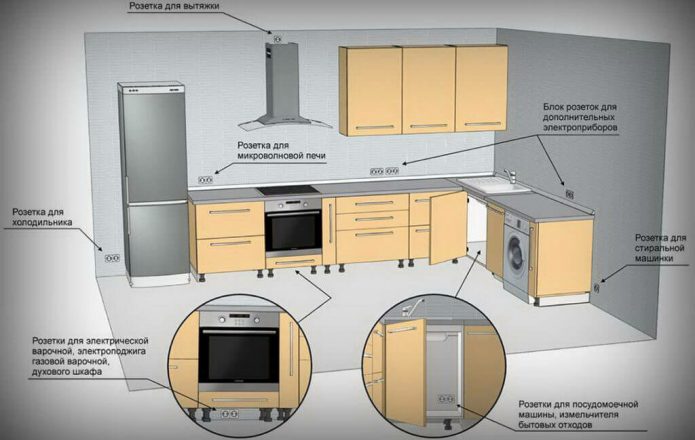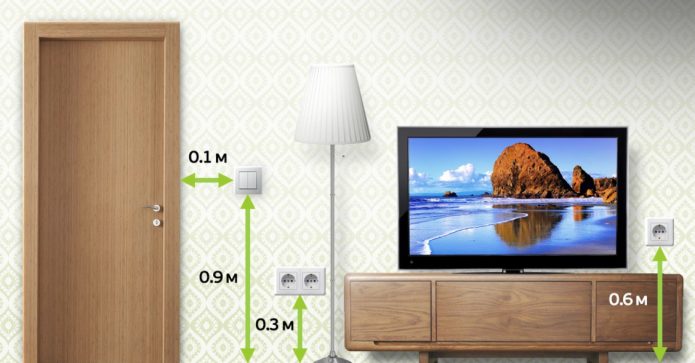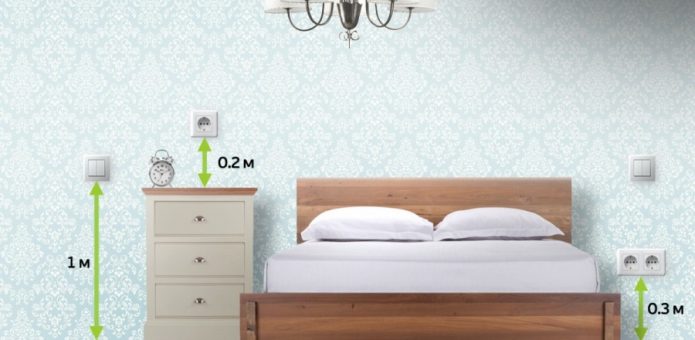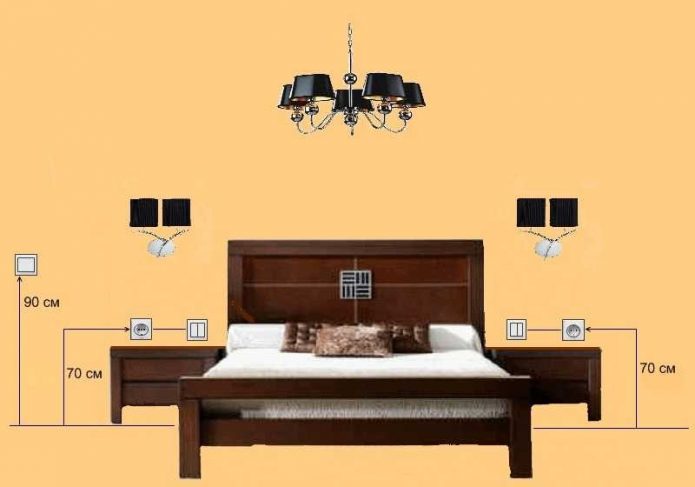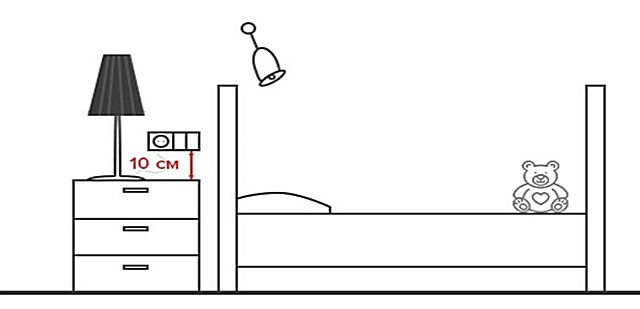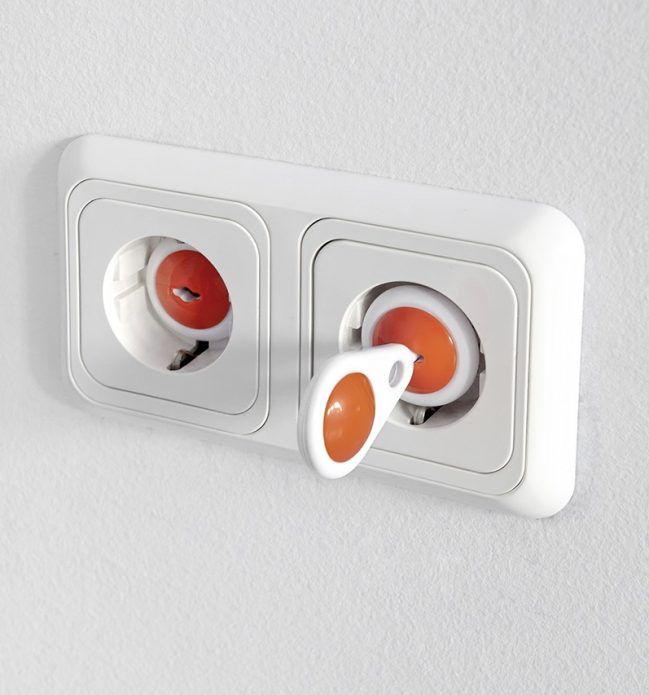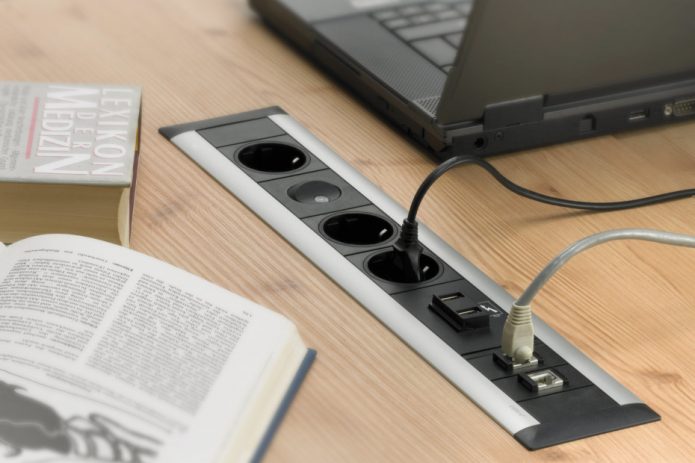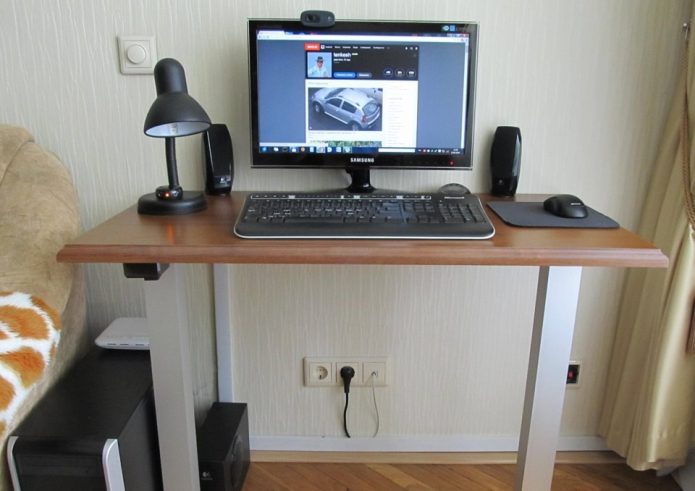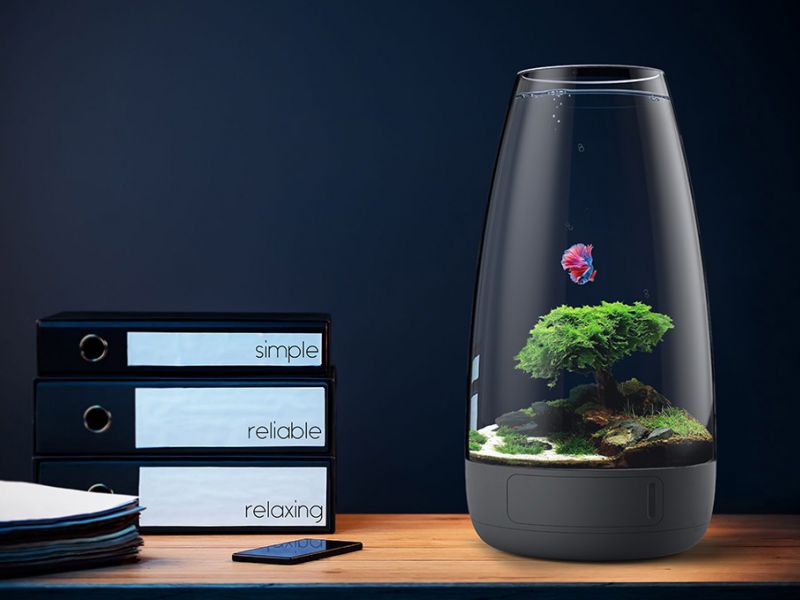All inclusive: how to arrange outlets in an apartment in a practical way
In a modern apartment, many electrical devices work simultaneously. During repairs, there is often a need to transfer unsuccessfully located outlets and plan them in such a way that each device can be connected without problems and not tripping over wires running through the entire house. This is most relevant for houses of old construction - in new buildings, the power grid is usually organized more efficiently. Before starting work, you should consider how to rationally arrange household and digital appliances, shields and sockets.
Optimal location
In each room, residents often or constantly use various electrical appliances. So that all the interior items are in place and the sockets are not hidden behind a cupboard or sofa, you should draw a plan of each room with the indicated dimensions and determine where the furniture, appliances, lighting will fit. It is also necessary to take into account building codes and rules in order to ensure fire safety and the precise operation of electrical wiring.
Hallway and corridor
Lighting in the hallway is best connected using separate switches. Most often, shoe dryers or a vacuum cleaner are used in this room. Therefore, two outlets located in a corner at a height of 30 cm from the floor and 10 cm from the door or furniture will suffice. If you need to install additional electrical devices in the hallway, the circuit becomes more complicated.
Bathroom
In the bathroom, a washing machine, shower and water heater can be constantly plugged in. Often you need to use a hairdryer or razor. Large equipment will require separate energy sources, which according to the rules should be located no closer than 60 cm from the water source and from the floor. You should buy special moisture-proof sockets with a lid and IP44 marking - they have a special plastic flange on the inside for water flow in case of contact.
The forced exhaust fan is usually connected to the light switch - if a person enters the bathroom, the hood starts to work.
Kitchen
The kitchen is the leader in the number of constantly working electrical appliances. The main list of equipment constantly included in the network:
- refrigerator;
- Dishwasher;
- electric stove;
- microwave;
- TV;
- extractor hood;
- electric kettle;
- Washer.
Therefore, you need at least eight outlets for permanent operation and at least five for small household appliances, such as a mixer, coffee grinder or meat grinder.
The main difficulty is the correct location of the outlets for the built-in appliances - they can not be placed behind electrical appliances, so it is better to transfer energy sources to neighboring cabinets in the kitchen. Separate power sources must be installed for the hob and oven - the dual outlet will not withstand the load.
Sockets for a blender or toaster, which the owners use on the table, must be installed above the working surface by 30 cm.
Living room
This room is used for recreation and entertainment for households, it has a TV, audio center, Wi-Fi router, split system, local lighting points. These devices are constantly connected, the sockets for them are mounted according to safety rules at a height of 30 cm from the floor and at least 10 cm from door and window openings.
For a split system, the outlet should be placed at the top, near the installation location of the indoor unit - this will avoid ugly wires on the walls.
It will be a good decision to make it possible to connect chargers or an electric fireplace in the sofa area.
Bedroom
On bedside tables usually are phones or tablets that require additional recharging. Therefore, the optimal solution would be to place a pair of outlets by the bed, at a distance of 15-20 cm from the countertop.
If there is a dressing table in the bedroom, then it is also worthwhile to install a socket near it to connect a hairdryer or other equipment.
It is convenient to watch your favorite movies and shows while wallowing in bed, which is why TVs are usually hung on the wall opposite the head of the bed. You can hide the outlet behind the screen panel.
Children
A small child has enough sockets for a night light, but it is worth considering that in a couple of years you will need sources of energy for game consoles and charging a phone, tablet, TV and computer. And if there are several children, then the load on the power grid increases.
For children's rooms, it is advisable to buy safe outlets with covers or plugs and arrange them so that the baby does not reach the hanging wires.
Study or desk
The desktop usually has a computer, monitor, peripherals, a telephone and a desk lamp. For comfortable operation, you will need at least 6 outlets with a power strip, and in order to hide the ugly confusion from the wires, you should install electrical accessories at a height of 25-30 cm above the floor and remove the wires under the cable channel.
The surge protector can be embedded in the desktop, if there is a need to constantly switch devices.
Video: How to properly place sockets and switches
Planning at the design stage will allow you to equip each functional area in the apartment at will, for example, equip a workplace and print on a laptop, lying on your favorite sofa. If you arrange the power connectors in the apartment in accordance with safety rules and take into account the number and location of the main electrical appliances, the wires will not get tangled under your feet, and the use of equipment will become more convenient.

